CBD, THC and the others - what are the types of phytocannabinoids?
min. reading
The most important compounds available in hemp, which are responsible for most of the therapeutic properties, belong to the group of cannabinoids. Derived from plants, phytocannabinoids are substances similar to cannabinoids produced by the human brain. What are their types and properties? What is the phenomenon of their action? For more information, see the rest of this article.
Table of Contents
What are phytocannabinoids?
They are a group of natural bioactive ingredients found in certain plant flowers, such as echinacea, acmelia, blanket plant, liverwort and hemp. The name comes from cannabinoids related to the endocannabinoid system (ECS) present in the human body, which consists of cannabinoid receptors and endogenous cannabinoids (produced by our body). Plants have been found to have compounds with identical structures, so the prefix phyto, which means plant, was added. Phytocannabinoids are polycyclic phenolic compounds that were first isolated from the plant Cannabis sativa L. (hemp). Before ECS was discovered, it was thought that they only had a protective function for the plant against insects or sunlight. Then it turned out that the compounds have a similar structure to endocannabinoids and interact with ECS to affect many important body functions. Mammalian bodies have receptors that respond to phytocannabinoids, making the compounds capable of affecting metabolic, immune, nervous, energy balance, sleep, memory or mood functions.
Cannabinoids in hemp
It can be said that phytocannabinoids are the most important therapeutic compounds contained in hemp. It is their action that is associated with the broad effects of the plant on the human body. However, it should be borne in mind that these are externally derived chemicals (so-called exogenous cannabinoids), which in excess can exhibit a certain toxicity and disrupt the functioning of the body. Among the most popular phytocannabinoids are CBD and THC. Taken in the form of oil, or dried, they are metabolized in the human body. In the case of the oral route, metabolism occurs in the liver, where the compounds are broken down into other molecules. Many studies indicate that taking phytocannabinoids can interfere with the metabolism of some drugs due to the use of the same cytochromes.
Types of phytocannabinoids
There are more than 113 phytocannabinoids that have been isolated from cannabis. The most abundant cannabinoids in the plant are CBD and THC. The others, however, are equally important, because along with terpenes, flavonoids and phytosterols, they constitute a complex set of compounds with synergistic effects on the human body. It can be said that only the full set of these substances creates the so-called ambient effect and works much more effectively than a single THC or CBD compound.
CBGA – the parent cannabinoid
The first cannabinoid that is formed in the plant is CBGA. It is also called the parent cannabinoid because it is from it that the other acid forms of cannabinoids are derived. Cannabigerolic acid is formed from fatty caproic acid and then converted into the acid forms of the following cannabinoids:
- THCA – which is a precursor to THC
- CBDA – which is a precursor to CBD
- CBCA – which is a precursor to CBC
Under the influence of oxidation, exposure to light or the decarboxylation process carried out, the cannabinoids in acidic forms are transformed into active forms: THC, CBD, CBC. In turn, from these, in the process of further cannabinoid biosynthesis, other cannabinoids, such as CBN, are formed. The reaction often occurs spontaneously, as phytocannabinoids are chemically unstable compounds. In the group of phytocannabinoids we can also distinguish cannabinoid isomers, such as delta-8 THC (which acts similarly to delta-9-THC, but have a slightly different structure) or analogs, such as HHC. There are also cannabinoids that were not formed from CBGA, such as CBN or THCV.
Tetrahydrocannabinol – THC
THC is one of the most popular phytocannabinoids. It owes its fame to its psychoactive effect, which is characteristic of cannabis. In their varieties, it is the most abundant phytocannabinoid. It is, of course, Δ9-THC, because the cannabis plant also produces analogs, such as Δ8-THC, with slightly weaker effects. THC (tetrahydrocannabinol) exhibits partial agonist effects on CB1 and CB2 cannabinoid receptors, thus affecting various areas of functioning, such as appetite, sleep, energy levels, pain sensation and more. Its “internal” counterpart is the neurotransmitter anandamide (AEA), which has an identical structure to tetrahydrocannabinol. THC stimulates its action, which is, among other things, the sensation of bliss. THC’s psychoactive effect is due to its effect on CB1 cannabinoid receptors, which are located mainly in the hippocampus and cerebellum. Through them, the substance affects an increase in the production of dopamine, which causes changes in the functioning of our brain: it affects memory, learning ability, concentration, can induce a sense of euphoria and other psychological effects.
Although THC has a relatively low affinity for cannabinoid receptors, especially compared to endocannabinoids, it indirectly affects ECAN causing, among other things, muscle relaxation and pain relief. Due to the presence of a phenolic group, it exhibits mild antioxidant activity protecting the body from oxidative stress. THC is a highly lipophilic molecule and can bind non-specifically to various entities in the brain and body via adipose tissue. Under laboratory conditions, it is perfectly soluble in fat or alcohol. In some countries, the drug Marinol is available, which contains an isolated Δ9-THC compound dissolved in sesame oil. The drug is used as a support for patients undergoing chemotherapy and as an appetite stimulant for people with acquired immunodeficiency syndrome (AIDS).
Cannabidiol – CBD
Another very important compound present in cannabis, which has slightly different effects on the human body than THC. Cannabidiol (CBD) was discovered in 1940 as one of the first phytocannabinoids. Next to THC, it is the most abundant cannabinoid in the cannabis plant. Its popularity is also linked to its very broad effects on human health and its ability to regulate many important areas. It is primarily distinguished from THC by its lack of psychotropic, or consciousness-altering, effects. Cannabidiol is one of the best studied compounds present in cannabis. Clinical trials have been conducted for many years on patients suffering from, among other things, anxiety disorders, movement disorders, pain, inflammation, neurodegenerative diseases, cancer and many others.
The mechanism of its effect on ECS is somewhat different than that of THC. Cannabidiol has a fairly low affinity for endocannabinoid receptors. Even compared to THC, the compound binds more difficulty to the aforementioned receptors. CBD is a weak antagonist of the CB1 receptor – once it binds to it, it produces a blocking effect on the receptor in question. In addition, CBD is a negative allosteric modulator of CB1 receptors, modifying its mode of action depending on the needs of the body. It can then respond to stimulation by CBD by transmitting electrical signals more or less strongly.
Nowadays, one can see a huge increase in the popularity of products containing CBD in the form of dietary supplements or food or cosmetic additives. Cannabidiol can be taken internally in a number of ways, including through smoke or vapor inhalation, orally or sublingually. Dietary supplements containing CBD are made by adding cannabidiol extract to a base substance, such as MCT oil or glycerol.
Cannabigerol – CBG
A less common but very important compound, cannabigerol (CBG) is one of several hundred other identified phytocannabinoids. It is formed from the aforementioned cannabigerolic acid (CBGA), a molecule that is the parent cannabinoid. Typically, CBG is found in a minority in the cannabis plant. As the plant grows, most of the cannabigerol is converted into other cannabinoids, such as THC or CBD. In the end, about 1% of CBG remains, unless we are dealing with special varieties in which it can reach up to 5%. Then, too, the concentration of other cannabinoids is much lower. CBG is metabolized in the liver by the enzyme CYP2J2, its metabolites affecting the endocannabinoid system. The compound is considered a partial agonist of CB1 and CB2 receptors. In addition, it acts as a regulator of endocannabinoid signaling in the nervous system. The first results of preclinical studies have shown that CBG lowers intraocular pressure, exhibits antioxidant, anti-inflammatory and anticancer effects, as well as anti-anxiety, neuroprotective, dermatological and appetite-stimulating effects.
Cannabichromene – CBC
A phytocannabinoid in the minority when it comes to this group of cannabis compounds, it nevertheless plays a very important role in the synergistic effect caused by hemp extracts. Also called cannabichrome, cannabichromene, cannabinochromene, CBC is an anti-inflammatory compound that may contribute to the analgesic effects of hemp. Its structure is similar to other phytocannabinoids like THC, CBD and CBG. As a compound present in the plant, it occurs in the form of cannabichromenoic acid (CBCA). Over time, when exposed to light or higher temperatures, this compound decarboxylates to form CBC.
The presence of cannabichromene can affect the psychoactivity of THC. CBC has affinity for the CB1 and CB2 receptor, and also affects TRPV1 and TRPA1 receptors as an agonist, interfering with their ability to degrade endogenous cannabinoids such as anandamide or 2-AG. Studies of the compound in an animal model have shown anticancer effects against breast cancer or anticonvulsant effects in mice.
Cannabinol – CBN
Cannabinol (CBN) is a cannabinoid with mild psychoactive effects. CBN was the first compound isolated from hemp extract in the late 19th century. Its structure and chemical synthesis was achieved by 1940. It is distinguished by its biosynthetic pathway, as cannabinol is formed by conversion from THC, rather than from the acidic form as is the case with CBD, CBG or THC. CBN is found in highest concentration in dried cannabis, especially one that has been stored for a long time or has been decarboxylated. Cannabinol is formed by exposing THC to oxygen, light or temperature. Oxidized tetrahydrocannabinol turns into cannabinol. The compound can be further degraded by oxidation to HU-345.
CBN interacts with the endocannabinoid system, acting as a partial agonist with low affinity for both CB1 and CB2 receptors. Its mechanism of action is similar to other cannabinoids, but by having a lower affinity for CB1 receptors, much higher doses of CBN are required to produce effects such as mild sedation. Its main effects include relaxation and sedative effects. After oral administration, CBN like THC is metabolized in the liver. The active metabolite produced in this process is called 11-OH-CBN and is 2x more potent than CBN. It shows activity as a weak CB2 receptor antagonist.This metabolism contrasts sharply with delta-9-THC in terms of potency, given that 11-OH-THC was 10 times more potent than THC in the study.
Tetrahydrocannabivarin – THCV
Tetrahydrocannabivarin is a phytochemical from the propyl cannabinoid group available in hemp. THCV is commonly found in some varieties of hemp from Central Asia and South Africa. In some varieties of Cannabis indica Lam. from China, India, Nepal, Thailand, Afghanistan and Pakistan or Africa, THCV levels reach up to 50% of all cannabinoids. This is another example of a cannabinoid that was not derived from its parent ingredient, which is CBGA. Unlike THC or CBD, THCV starts from cannabigerovaric acid (CBGVA). Once CBGVA is formed, it is decomposed into tetrahydrocannabivaricarboxylic acid (THCVA) by the enzyme THCV synthase. After decarboxylation by heat or UV light, tetrahydrocannabivarin is formed.
THCV is a tetrahydrocannabinol homolog of THC having a 3-carbon propyl chain instead of a 5-carbon one. This makes the compound unlike THC without consciousness-altering effects. THCV is a type 1 cannabinoid receptor antagonist or, in higher amounts, a CB1 receptor agonist and a partial agonist of the type 2 cannabinoid receptor. THCV has a blocking effect on the binding of THC at CB1 receptors thereby reducing its psychoactive effects. In studies on the compound’s properties, it has been shown to have neuroprotective, appetite-reducing, glycemic-controlling effects. It also reduces side effects caused by THC.
Tetrahydrocannabinolic acid – THCA
This is a precursor to THC, the active ingredient in cannabis. Tetrahydrocannabinolic acid is found in varying amounts in fresh, undried cannabis, but is gradually decarboxylated to THC. THCA is a chemically unstable compound that oxidizes to tetrahydrocannabinol, all it takes is exposure to light and oxygen. The reaction to remove the carboxyl group from tetrahydrocannabinolic acid occurs spontaneously during drying, especially intense heating. THCA is most abundantly available in fresh hemp inflorescences immediately after the plant is cut. It is also a major component of cannabis resin concentrates, such as hashish and hash oil, when prepared from fresh cannabis plant material with high THC content.
Like most forms of acidic cannabinoids, THCA exhibits strong anti-inflammatory effects. It is not psychoactive, so fresh hemp raw materials do not have consciousness-altering effects. Its effects on the body involve many different cannabinoid receptor-coupled pathways, for example, it is an inhibitor of anandamide transport and acts as an agonist for TRPA1 and TRPV2 receptors. Preliminary studies of the compound have shown that THCA exerts immunomodulatory, anti-cancer and anti-inflammatory effects through various metabolic pathways.
Cannabidiolic acid – CBDA
The acid form of cannabidiol, or CBD precursor, is a non-psychoactive cannabinoid produced by hemp. Cannabidiolic acid (CBDA) is the cannabinoid most abundant in fresh hemp plants. It is not produced by humans and is only available in plant form. Cannabidiolic acid is formed from the conjugation of olivetolic acid and cannabigerolic acid. The resulting compound – cannabidiolic acid – is slightly different from CBD, particularly in its effects. CBDA binds to cannabinoid receptors in a slightly different way than CBD. It interacts with the endocannabinoid system by stimulating serotonin production. Studies also show that CBDA can act as a COX-2 inhibitor, so it can reduce inflammation and pain. Other studies have shown its antiemetic and antidepressant effects. Because CBDA spontaneously converts to CBD, cannabidiol usually predominates in hemp products, mainly due to storage or heat treatment. However, it is an extremely important cannabinoid influencing the action of CBD increasing its therapeutic potential.
Summary – types of cannabinoids
For many thousands of years, different cultures of the world have used cannabis for its ailments. Today, we already know what the phenomenon of this plant’s action is due to and how it affects the human body. Hemp owes its wide-ranging health effects to phytocannabinoids – plant compounds specific to this group of plants. There are many types of phytocannabinoids. Some of them are formed from the parent compound cannabigerolic acid (CBGA). It gives rise to the acidic forms of other cannabinoids, such as CBDA, THCA, CBCA. Under the influence of oxidation, exposure to light or the decarboxylation process carried out, cannabinoids in acid forms convert to active forms, such as THC, CBD, CBC or CBG. In addition, there are other cannabinoids that were not formed from CBGA, such as CBN or THCV. To date, scientists have managed to identify 113 phytocannabinoids. It can be said that they are the most important therapeutic compounds contained in cannabis, as they have the ability to bind to the receptors of the endocannabinoid system and through them regulate many important functions of the body. Studies on the effects of cannabinoids indicate that these compounds are able to reduce inflammation, regulate the immune system, improve mood, sleep and even fight cancer.

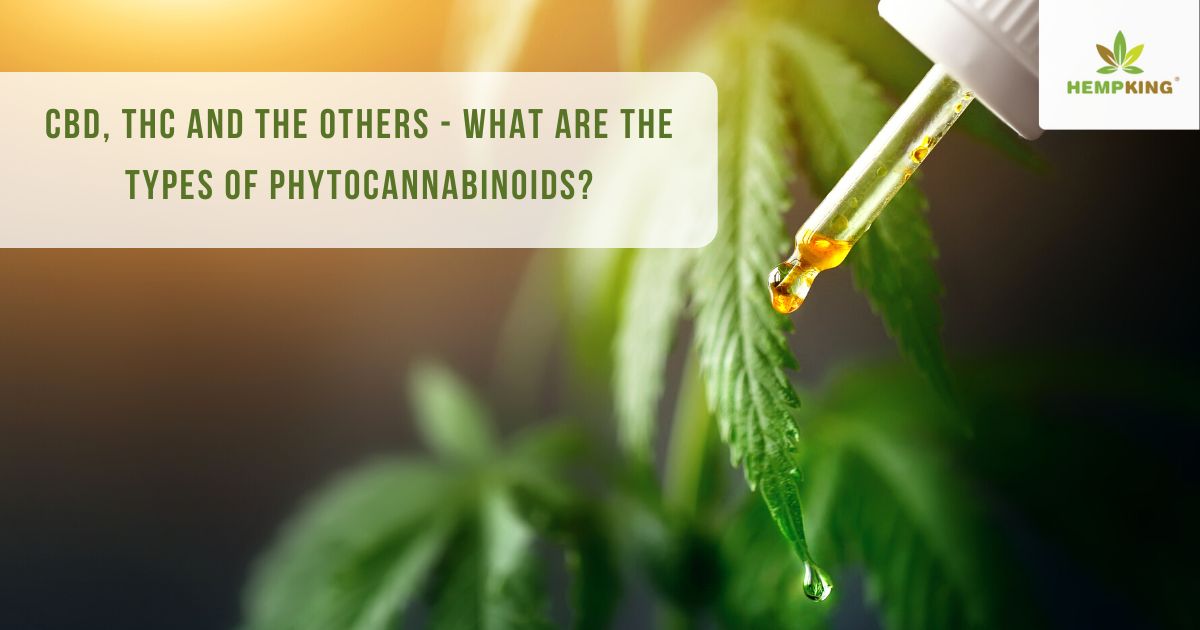
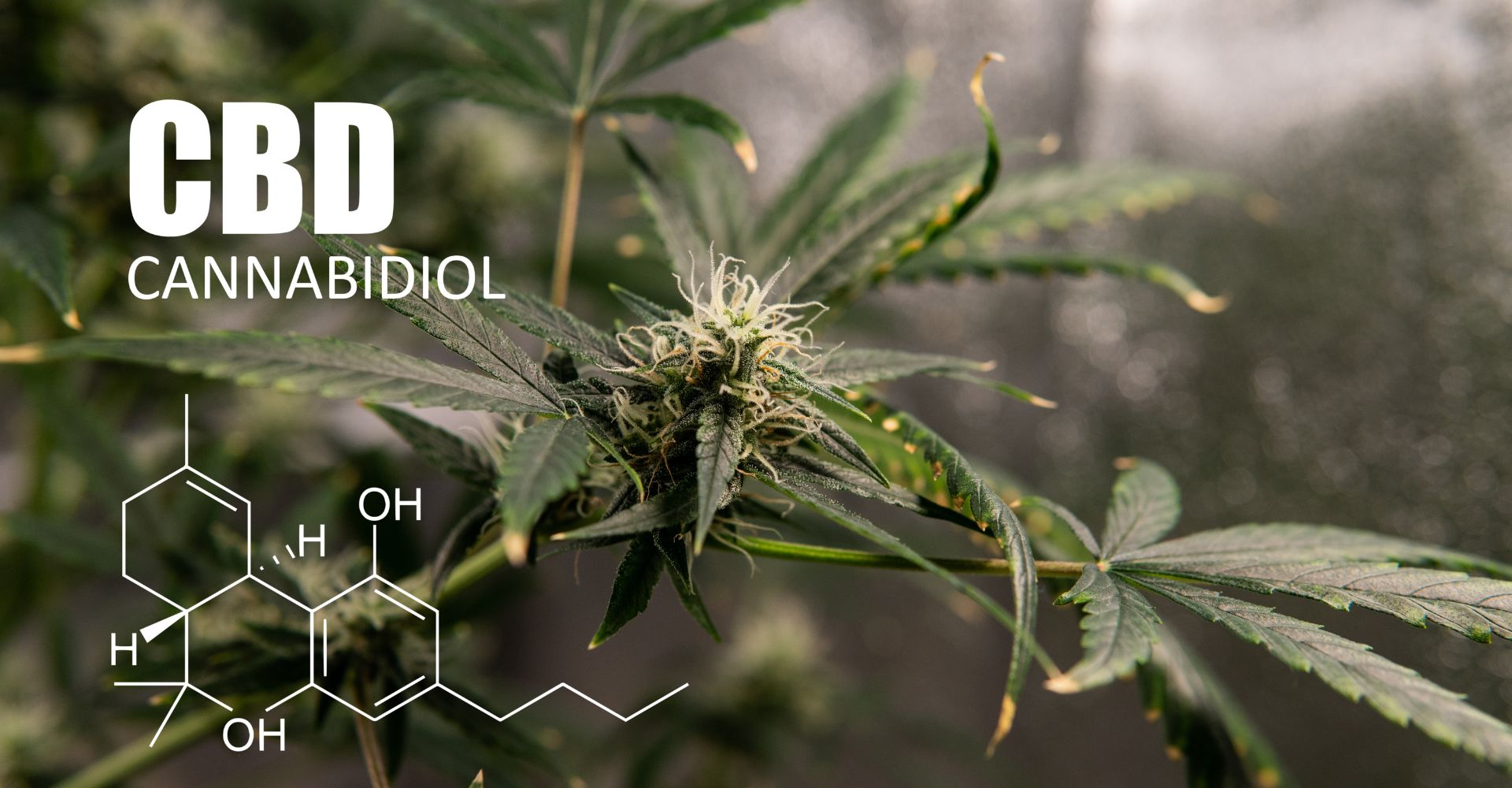

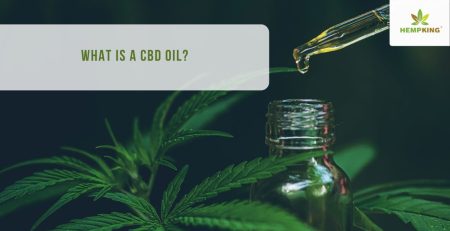
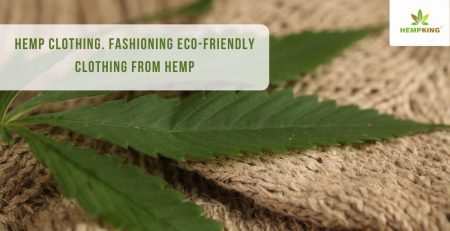

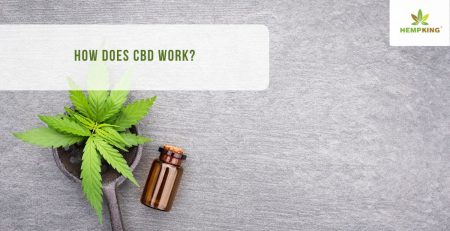
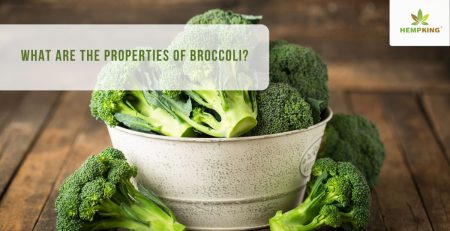

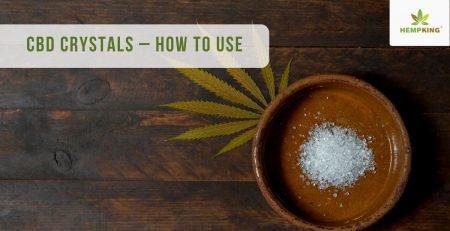



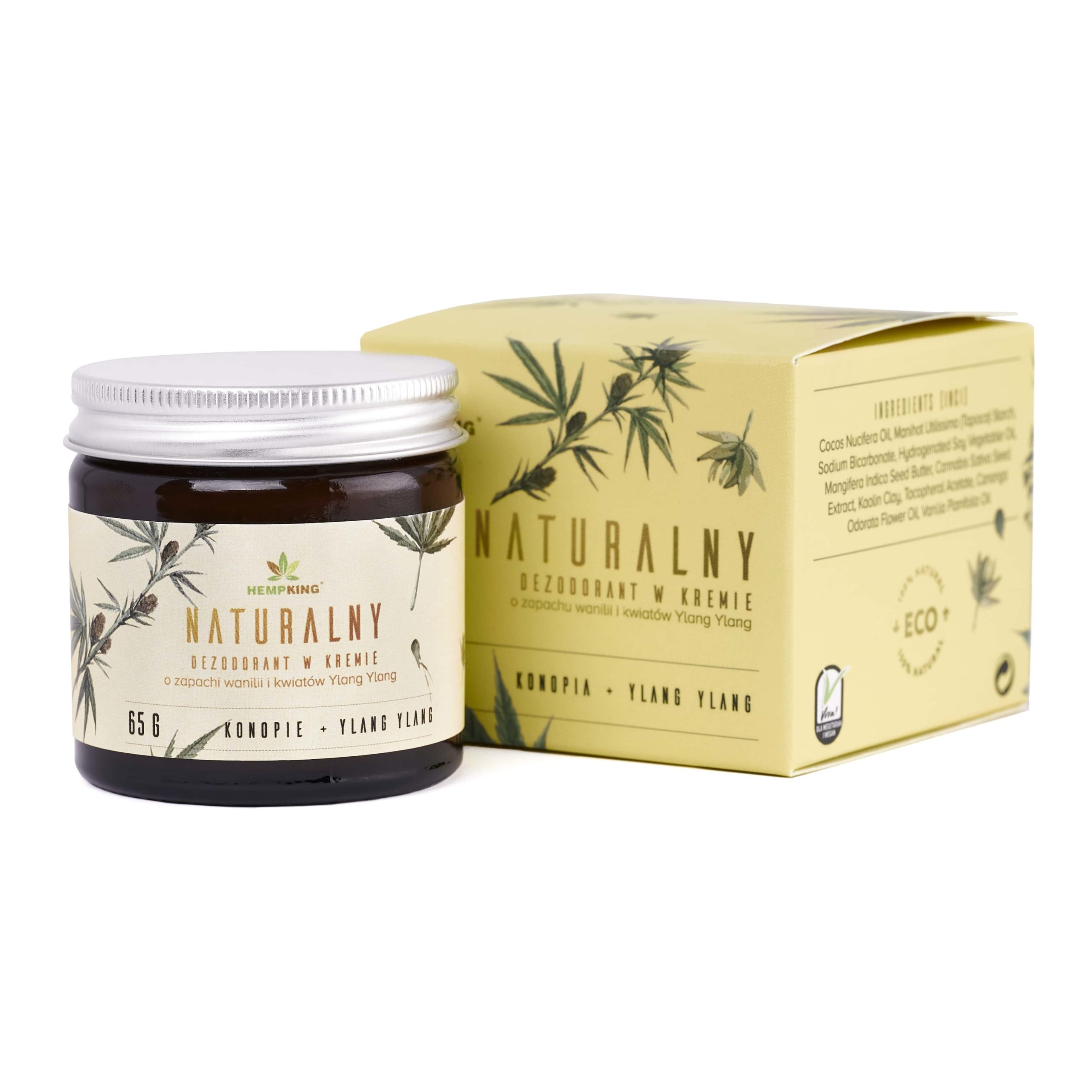
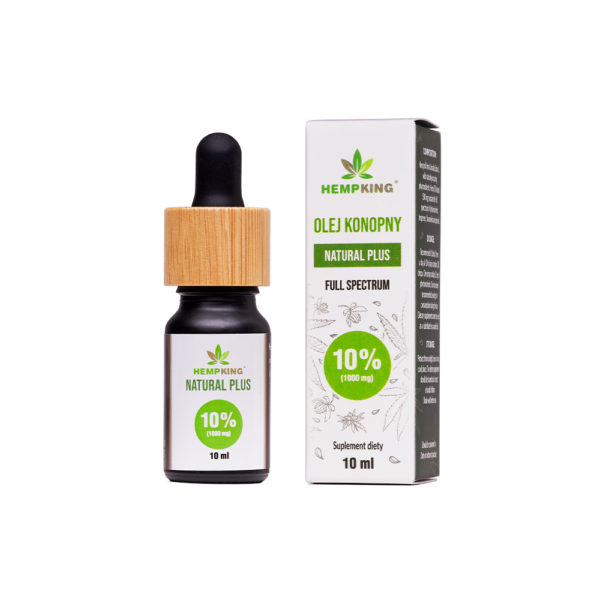
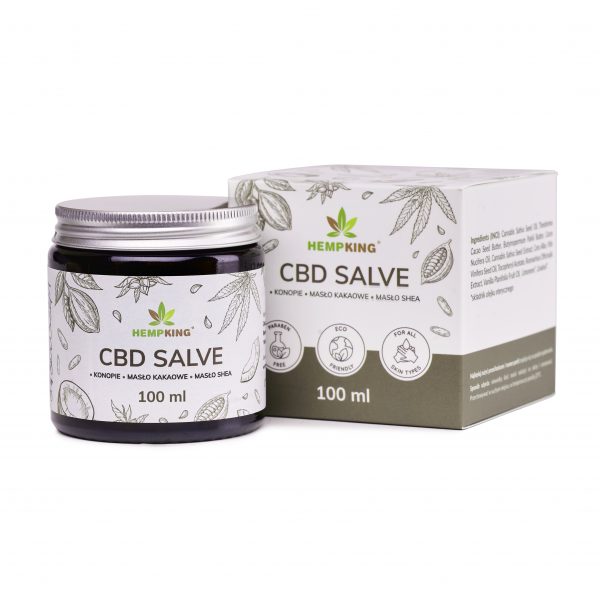
 Facebook
Facebook Instagram
Instagram

Leave a Reply